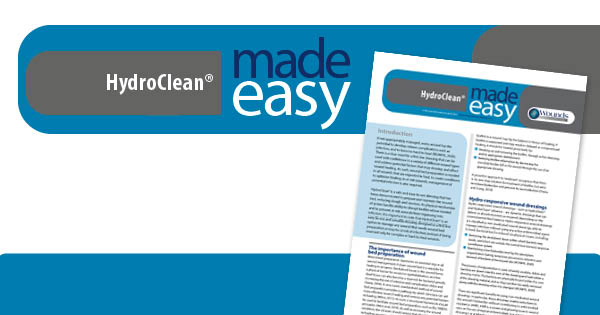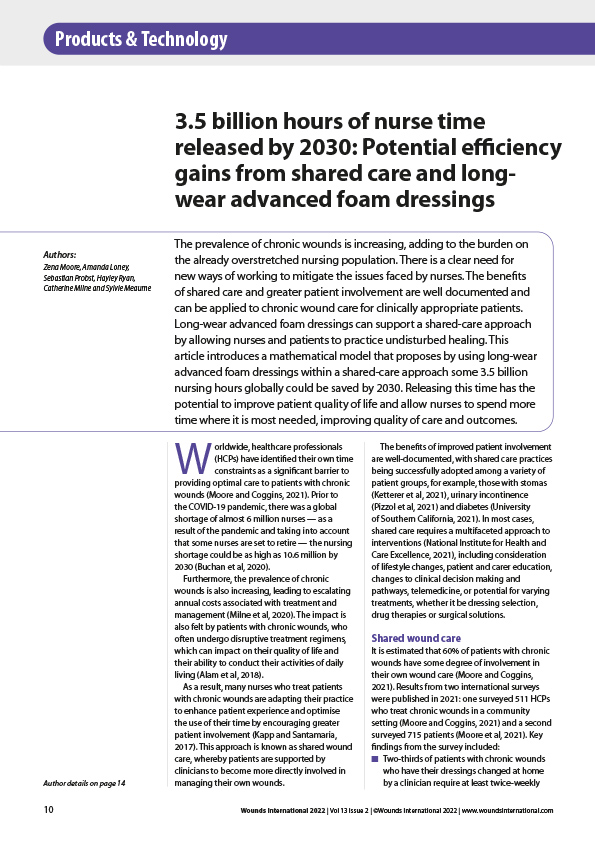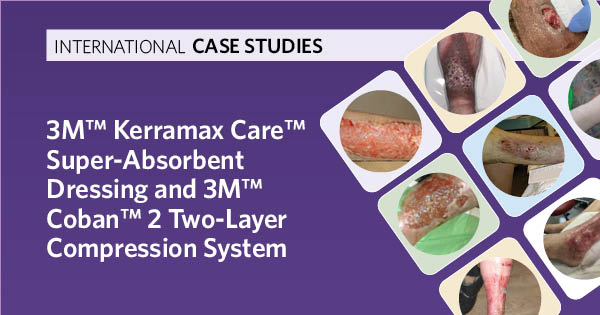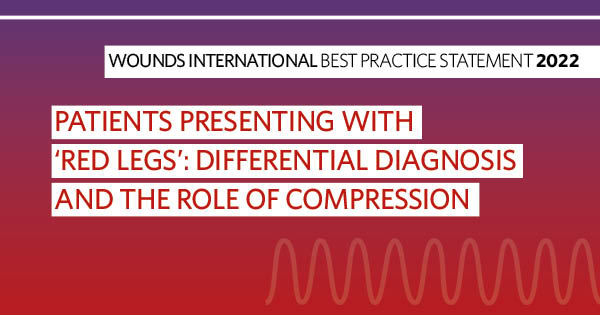Si no se tratan adecuadamente, todas las heridas pueden desarrollar complicaciones graves, como infecciones, y ser difíciles de curar (WUWHS, 2020). Existe una clara necesidad de un apósito de primera línea que pueda utilizarse con confianza en una variedad de tipos de heridas diferentes y que aborde los factores potenciales que pueden desarrollarse y afectar a la cicatrización de la herida. Por ello, es necesario preparar el lecho de la herida con el fin de crear las condiciones que optimicen la cicatrización. En las heridas de riesgo, también es necesario controlar la posible infección.
HydroClean® Advance es un apósito seguro y fácil de usar, y se ha demostrado que prepara y mantiene el lecho de la herida, al tiempo que reduce la descamación y la necrosis. Su mecanismo de acción físico tiene la capacidad de interrumpir la biopelícula donde sea necesario y evitar que las heridas de riesgo reviertan a la infección. Es importante señalar que HydroClean® Advance es un apósito versátil y fácil de usar, diseñado como opción de primera línea para tratar cualquier herida que necesite preparación del lecho de la herida o que pueda presentar riesgo de infección, en lugar de reservarse únicamente para heridas complejas o de difícil cicatrización.







